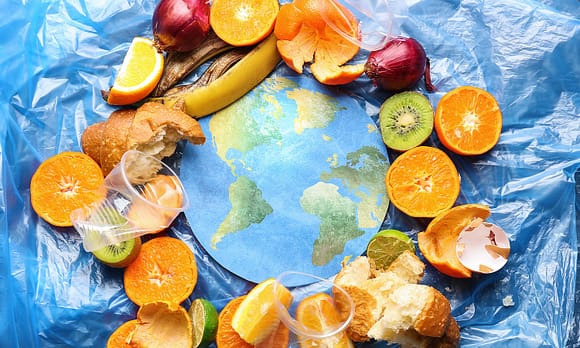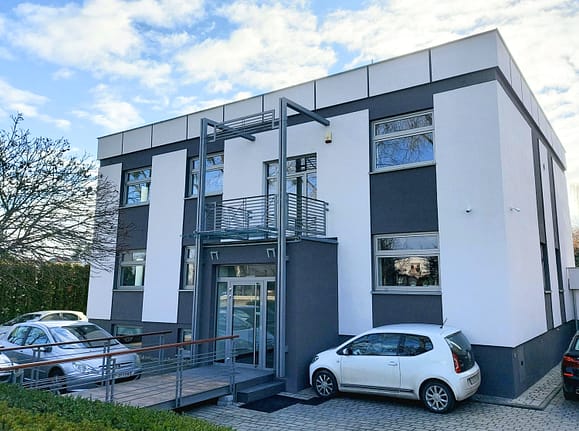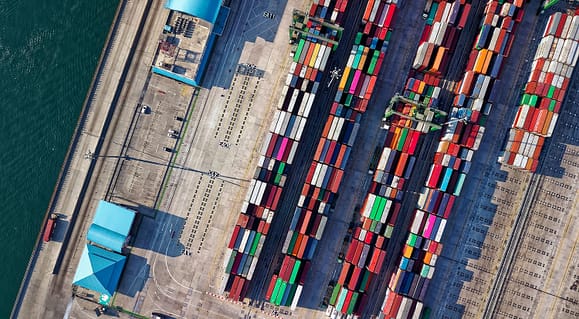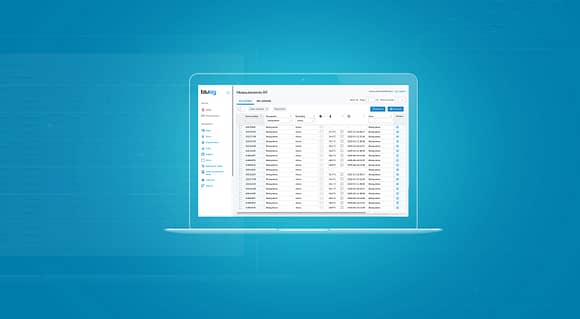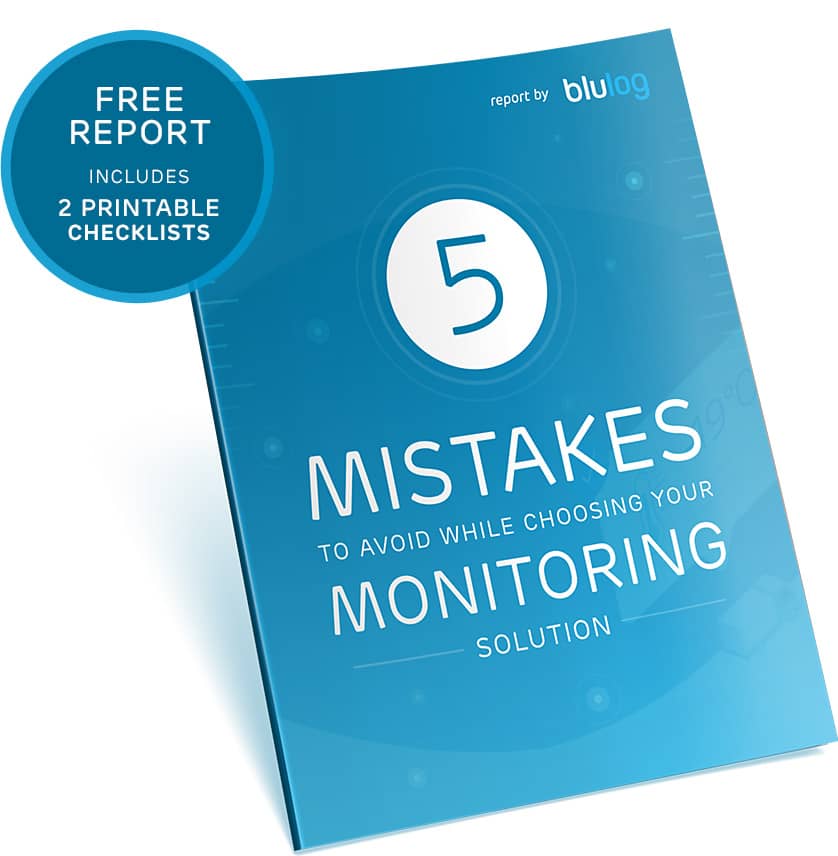According to the report “Food losses and food waste in Poland”, prepared by the Institute of Environmental Protection, in Poland each year about 5 million tons of food go to the bin. Although consumers are primarily responsible for this state of affairs, a total of 40% of losses are generated in the remaining stages of the food chain. What causes the losses in individual links and what could be the remedy?
Wasting food brings about real economic, environmental and ethical consequences that threaten the economy and society. For this reason, it should be the task of representatives of all links in the food chain to strive to introduce solutions limiting losses in the food sector.
The largest food losses in Poland [1]
transport – 0.65%
gastronomy – 1.17%
trade – 6.96%
agricultural production – 15.5%
processing – 15.6%
household – 60%
Why So Much Food in the Production Phase is Being Lost?
At the production stage, about 2 million tons of food is being lost annually. The cereal sector generates the most loss in this link. The development of agriculture depends on factors that we are not able to predict, such as changing weather conditions. Choosing the wrong cereal varieties, strict requirements for the quality standards imposed by processors, and delayed harvest time are just a few of the reasons behind food waste in production.
On the other hand, those dealing with the growth of vegetables and fruits must be prepared for the harmful effects of insects, birds and rodents. Factors such as mold and disease force growers to throw away some of their crops. Growing crops and cereals carries the risk of drought, floods and other weather conditions, which are beyond our control – hence such a big losses in these areas.
The level of food losses in primary production [1]
cereal sector – 72%
fruit and vegetable sector – 24%
meat, fish, dairy, oil and bakery and confectionery sectors – 4%
The third most loss-making link in food, after consumer behavior and the production stage, is processing. Among the various causes of losses, human errors and inefficiency or poor condition of machines prevailed.
Enterprises try to introduce measures aimed at limiting these losses. Thanks to the monitoring of the technical conditions of machines and refrigeration installations, as well as equipping with modern technologies, the share of food processing in food waste may significantly decrease in the years to come.
The share of processing in generating losses in individual product groups [1]
cereal sector – 25%
fruit and vegetable sector – 18%
meat sector – 20%
fish sector – 23%
dairy sector – 7%
oil sector – 20%
Logistics as the Least Lossy Link
The losses generated in the area of transport and storage result mainly from poor management of the ordered goods by shops and supermarkets, and less from mechanical damage or random events. The entities responsible for logistics in the food industry are mainly distribution centers, which, due to the will to maintain a competitive position, take care of adequate transport security and systematic equipment service.
In a study conducted by the Institute of Environmental Protection, transport companies declared that fruits and vegetables are most often damaged. Secondly, the respondents indicated dairy products, emphasizing that products transported in cardboard packaging are less likely to be damaged than those transported in mixes of several pieces.
The causes of wastage in logistics are also failures of means of transport or cold stores.

Equipped with temperature loggers semi-trailers, making documentation at every stage of the transport and the implementation of systems controlling the transport of products have a huge impact on lossless delivery of goods to consumers.
Sellers’ Decisions and Food Waste in Poland
Unfortunately, part of the food (almost 7%) is also wasted at the phase of trade, i.e. from the moment the products are accepted at the retail outlet until they are bought by the consumer. Most often, vendors throw away bread, fruits, vegetables and fresh, unpackaged meat.
The most common cause of fruits and vegetables landing in the basket is the loss of their freshness (78.2%). In view of this problem, traders introduce various solutions to monitor expiry dates or use computer software to constantly analyze the quantity of goods. Stores also decide to run promotional campaigns and sell items that are approaching the end of their expiry date, at significantly reduced prices.
The simplest solution, however, is to order a smaller amount of goods to the store, especially if we take into account the scale of the daily throwing away of bread.
How many respondents declared that they throw away products of selected categories every day? [1]
bread – 60.9%
fruits and vegetables – 37.9%
fresh, unpackaged meat, poultry and fish – 37.9%
chilled products with a very short expiry date (e.g. milk, cold meats) – 34.5%
packed and toasted bread – 29.9%
Consumer Behavior as the Biggest Problem of Food Waste
We can look for reasons why the products we buy end up in the basket at the beginning of the purchasing process. Checking the contents of the refrigerator and kitchen cabinets before going to the store, preparing a list of products and not buying in stock are all the elements that help households reduce waste.
Most often, we throw away bread, fresh fruits and vegetables, as well as cold meats and milk drinks. Due to the lack of ideas on how to use the prepared ingredients, boiled potatoes, pasta and rice are also wasted.
The most common reasons for throwing away food in Polish homes [1]
food spoilage – 65.2%
missed expiry date – 42%
preparing too much food – 26.5%
buying too much food – 22.2%
ill-considered purchases – 19.7%
Therefore, in order to effectively reduce food waste in Poland, it is not enough to use a tailored system for managing the supply chain or introduce modern technology and solutions to monitor the freshness of food. Along with technical activities in all links of the food chain, there should be education of consumers and promotion of behaviors reducing the scale of discarded food products in households.
[1] source: research results by IOŚ-PIB, SGGW as part of the PROM project, 2020

